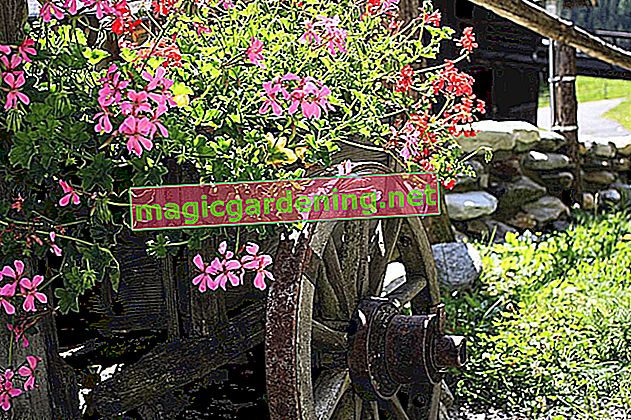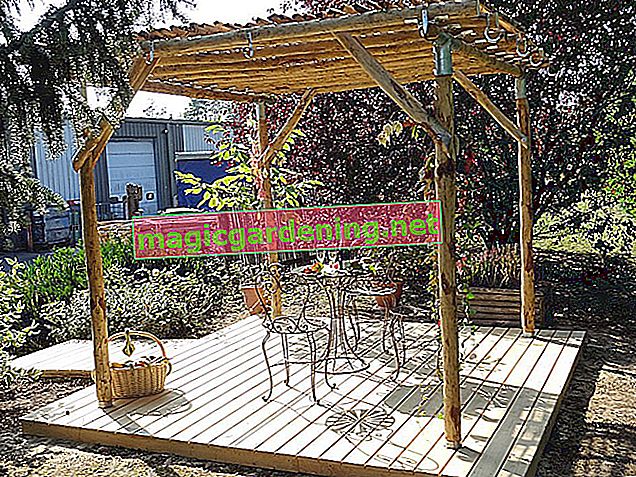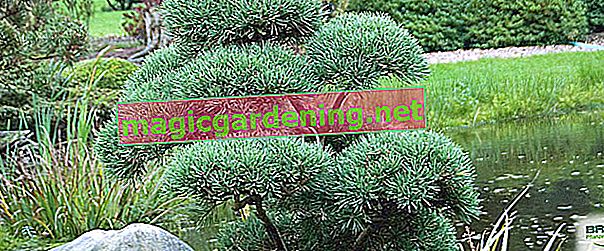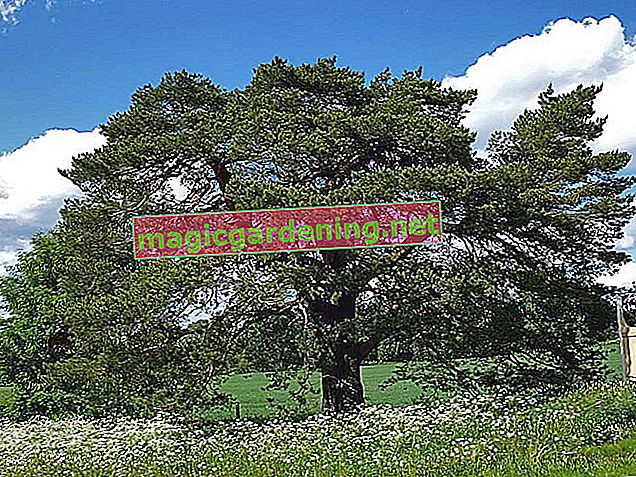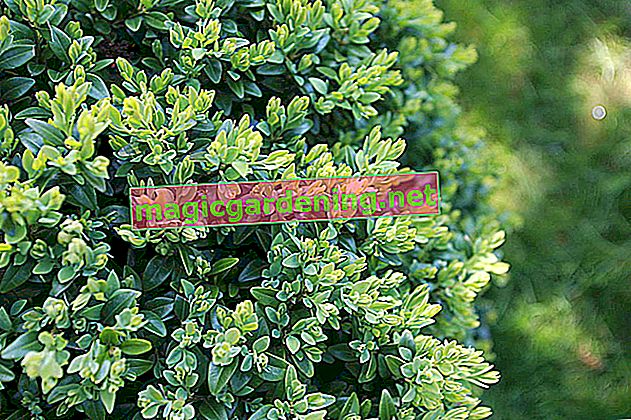
Location
Although the box tree can cope well in full sun, provided the location is not too warm and protected, it prefers the light partial shade. Dry damage or even burns are not uncommon in a fully sunny place, especially on hot days. If you still want the book to be in the sun, get it used to it slowly and do not put it there immediately after purchasing it.
also read
- Tips and tricks for a successful topiary on boxwood
- How to cut a boxwood into a ball - instructions and tips
- Which soil is optimal for boxwood?
Substrate and pot
Usually a conventional substrate for green plants is sufficient, which you should fill in a sufficiently large and deep pot. Boxwood has very sensitive roots that react quickly to disturbances, and they also spread both in width and in depth and branch out very strongly. Basically, the boxwood belongs to the group of shallow roots, ie the tub should be around a third wider than the root ball.
Repot
As a rule, within two to three years the roots will have completely penetrated the pot and used up the existing soil. Now it's time to repot so that the roots can continue to absorb enough nutrients and moisture. The best time to do this is in spring, perhaps right after the first pruning. Do not fertilize again this season after repotting in pre-fertilized soil!
Watering and fertilizing
Boxwood in the pot should be watered vigorously about once or twice a week, and more often when it is very hot and dry. Good drainage is a must, so that excess irrigation water can drain off and no waterlogging occurs. Never pour on the leaves, as this causes fungal diseases such as powdery mildew. In addition, Buchs is one of the more hungry plants and therefore needs a good supply of nutrients. Fertilize it regularly, if possible with a liquid fertilizer, between April and June. From July onwards, the nutrient supply is stopped so that the fresh shoots can harden for the winter.
Overwinter
The boxwood is basically hardy, but as a potted plant it needs special protective measures. Otherwise, there will be unsightly frost damage. Place the pot on an insulating surface (e.g. made of wood or styrofoam) and move it close to a warm house wall. Here it should be in the shade, as intense solar radiation can cause damage in winter. If necessary, cover the plant and the pot loosely with a garden fleece.
Diseases
Unfortunately, the boxwood is quite susceptible to various diseases and pests such as shoot dieback, wilting, an infestation by boxwood moth, plant lice, boxwood fleas or spider mites. If the leaves turn brown or yellow, there is always a problem behind them.
Tips
Boxwood loves lime, which is why you can easily water it with normal tap water.


